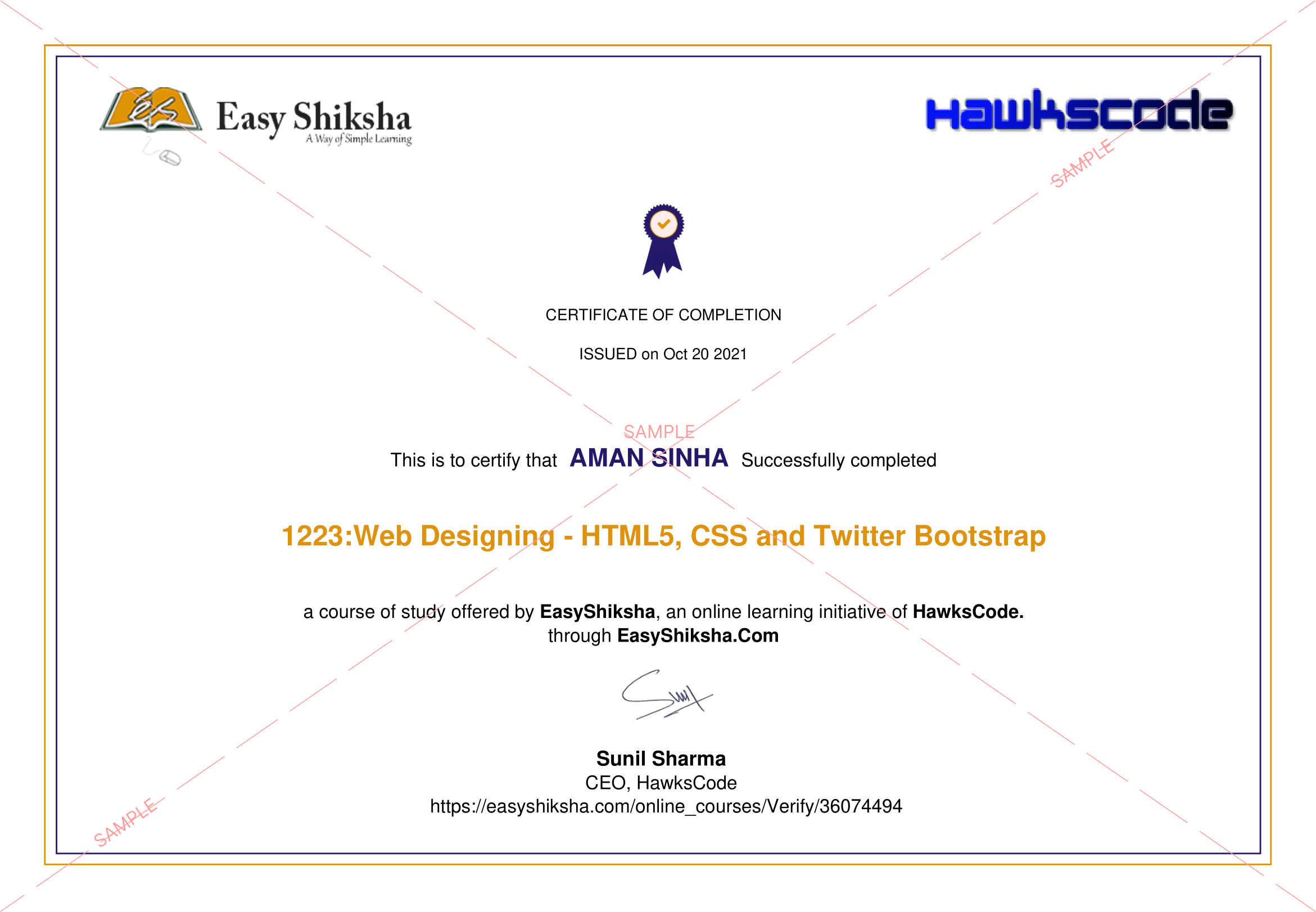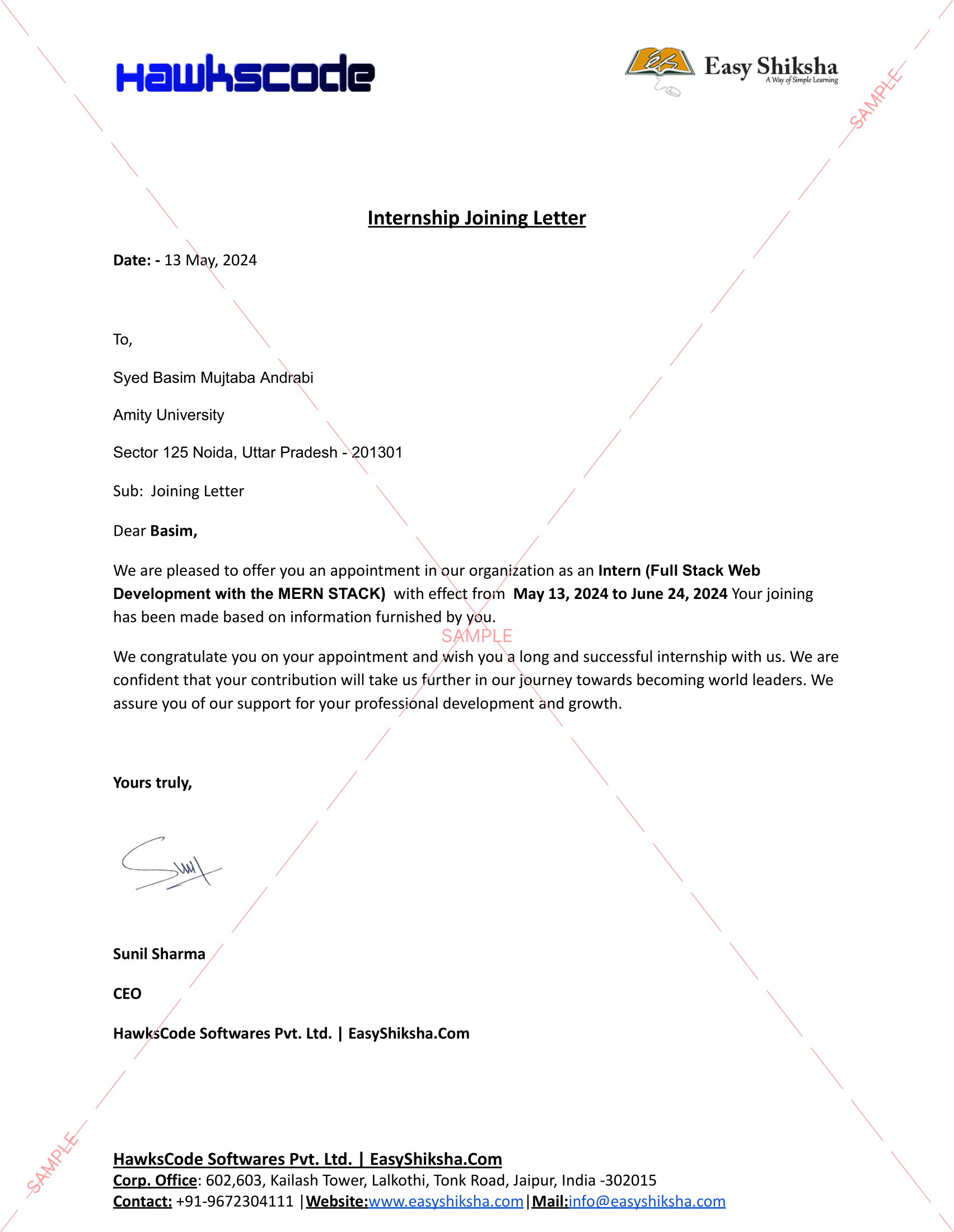





5 In-Demand Skills a UX Designer Should Have
What can help you bag a good job? Skills! In earlier days, companies needed you to have a degree. But that’s not a mandate anymore. Today, companies mostly care about your skills. Most of the companies today offer jobs even if the candidates don’t have a degree in the same field, however, with a specialised skill course, you can get the job.
If you have good skills that are required in a specific field, you’re in! Let’s take UX design jobs today, for example. The competition for UX design jobs has been gradually increasing and so is the demand for UX designers. When skills have become so important, the question is, how do you gain them? The easiest path to get there is through enrolling in a UX designer course.
If you’re preparing for a UX design job or planning to become an expert in UX design, you need to have a strong foundation. This foundation solidifies your ‘skills,’ so, let’s look at the must-have expertise to become a UX designer. And following that, we’ll understand how a UX designer course will help you grow in your career.
A UX designer’s job responsibilities are subjected to the company’s work requirement. In some companies, you may just have to take care of one or a few aspects of UX design. Whereas in other companies, you have to take complete ownership of web development, front-end, back-end UX designs.
Hence, it is better to be prepared for the latter. There’s no point in being a Jack of all and master of none. So in this blog, let’s focus on the most important skills rather than looking at all the skills.
Being good at research is the base requirement for being an UX designer. There’s so much information out there today, that you can find a solution for almost anything. To find solutions for UX problems, a UX designer needs to have really good research skills.
UX is an integral part of most modern products. And with Continuous Development and Continuous Integration in practice, along with Canary releases, there’s little time for you to implement things. Therefore, you need to be swift in planning and implementing UX strategies. Starting UX strategies from scratch consumes a lot of time and resources. And research comes in handy in such cases.
UX design has been in practice for some time now. And UX researchers are continuously working on making the UX better and coming up with new strategies. A lot of experimentation has resulted in practical strategies that are effective. As a UX designer, you have to make use of these already tested strategies and plans to implement within your product.
Research can be based on UX strategies, understanding the products, or understanding users and their behaviors. If your product is not the first of its kind, then you may have enough data from other businesses to know what works and what doesn’t. You don’t have to try and execute different plans to see what works. Besides, research enables you to save valuable time spent on trial-and-error, and also gives positive outcomes.
“Rome wasn’t built in a day”. Implementing UX is not a single step process. To put your ideas into actions, you have to build a blueprint of what you want the product to look like, and its features. You start by building the skeletal of the product and then go on adding elements to it.
Wireframing is basically building this product skeletal and is the basic structure of your product or feature. Wireframing is important to display the UX implementation. It is more about the functionality and not a lot of focus is given on looks. The main purpose of UX design is to make the user feel better while using your product. A major part of this experience depends on functionality.
Prototyping is the next step after Wireframing and prototypes mainly include the basic functionalities along with visual design and implementation. A prototype is almost equal to the final product. Prototypes are very important to understand whether your thoughts have come out as a product as expected or not. There’s still room to either make changes or drop the UX design at the prototyping stage if the implementation isn’t good enough.
Wireframing and Prototyping skills are very important for a UX designer. It represents your idea and acts as a reference for developers. You might have an amazing idea, but if you don’t turn your thoughts into a final product, it has no value. Wireframing and Prototyping can be considered as the basic means to represent any UX ideas.
As a UX designer, you will have to conversate and work with various people to implement UX ideas. That’s why communication and collaboration plays an important role.
You can get a lot of information from research but not all the information you need. In order to fill the gap, you might have to conduct surveys, take interviews of users. You should be able to express your thoughts clearly and to the point and also understand the response accurately to derive meaning out of it. Your communication skills should be two-way and good enough for the task.
To get your UX design idea implemented, you will have to work with different teams. Getting graphics done from the graphics team, getting the feature built by developers, it’s all part of the job. The better the collaboration, the smoother and faster the process.
Communication and collaboration go hand-in-hand. You need good communication skills to communicate with the stakeholders. Explaining your ideas in a right way to graphic designers and developers is also important. If you don’t correctly put your thoughts into words, it’ll leave a room of misconceptions and assumptions. And both of these might affect your product.
You’ve probably heard the saying “experience can never be explained”. UX is all about how your users’ feel. You have to make sure that your UX design is focused on this feeling. This feeling can’t be measured using metrics. You have to put yourself in your users’ shoes and then think about what’s the best thing to do.
You need to empathize with your users’ to understand what they are expecting. Unless you look at the product from an user’s point of view, you will not be able to make its UX perfect.
As a UX designer, you need to be able to understand your users and realise what impression your product is leaving behind. It’s also important to understand the satisfaction of your users based on their behavior/actions.
As a UX designer, whether you write programs or not, it depends on the company you’re working for. In some cases, you’d be responsible to implement some features or a part of it. It’s also possible that you don’t have to write programs at all.
Now, you might be thinking why coding is a must-have skill if it’s optional. Let’s look at both the cases mentioned above and try to understand why coding skills are important for UX designers in both the cases.
The first case is pretty straightforward. If your job role requires you to write programs, you obviously need to have coding skills. Now, coming to the second case, where you might not have to code at all. Here, coding skills are important to understand what’s feasible.
Let’s say you have an idea and you begin working on it. You complete your research, create the design, get the graphics ready, etc. And when you ask the developers to implement it, you come to know that its implementation is not feasible. Now, all your efforts are for nothing.
Hence, whether your company requires you to write programs or not, coding skills are really important. You don’t need to be a full-stack developer or be as good as a highly experienced programmer. But you need to know the basics and be able to at least implement simple things. And because UX is all about the user, the programming languages that you have to focus on would be the ones used for front-end development.
Perfecting UX skills takes time and happens over a period of time as you gain more and more experience. But that journey starts after you get a job. And to get a UX designer job, you need to acquire the above-mentioned skills. So, the step to becoming an expert UX design is to gain these critical skills.
The plain sailing way of doing this is through a UX designer course. You’ll find a lot of UX designer courses online that cover the theoretical and practical aspects of UX design. Springboard is one of the leading providers,
offering a wide range of UX courses. These courses live and are led by experienced professionals who can help you with your upskilling and doubts. You’ll also have a personal career coach who’ll help you crack the interviews for the UX designer job.
UX designer course will help you gain the skills you need and help you start your career. With real-world projects, you’ll learn to solve real-world UX problems and improve your thought process. This would help you for the interviews and also after you land a job. So, if you’re aspiring UX designer, kick-start your career with a UX designer course!
More News Click Here

Discover thousands of colleges and courses, enhance skills with online courses and internships, explore career alternatives, and stay updated with the latest educational news..

Gain high-quality, filtered student leads, prominent homepage ads, top search ranking, and a separate website. Let us actively enhance your brand awareness.